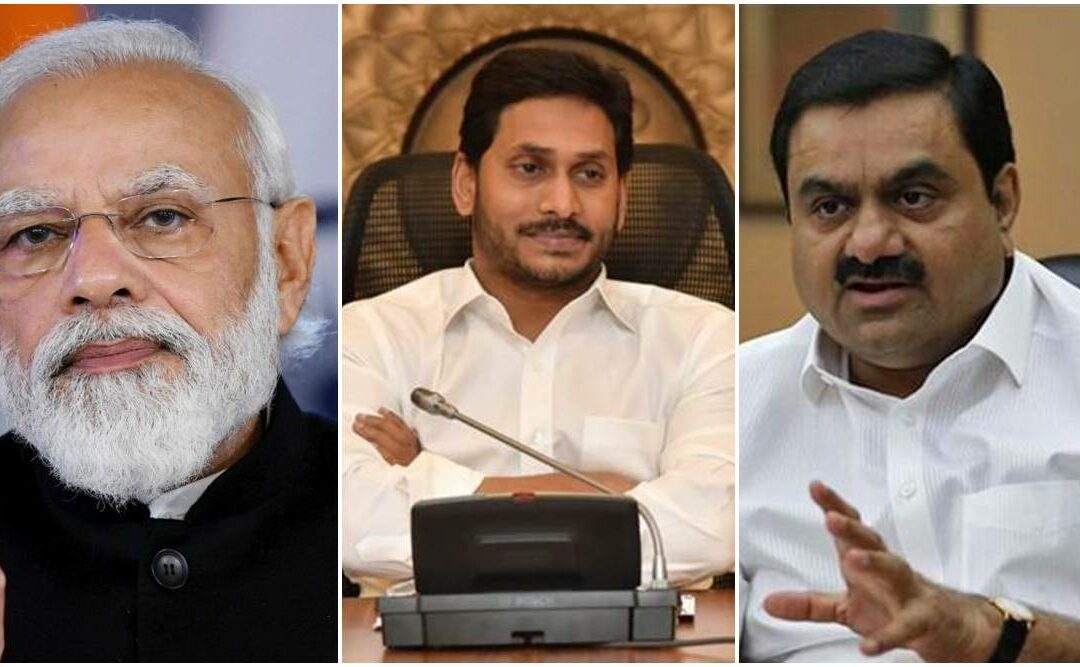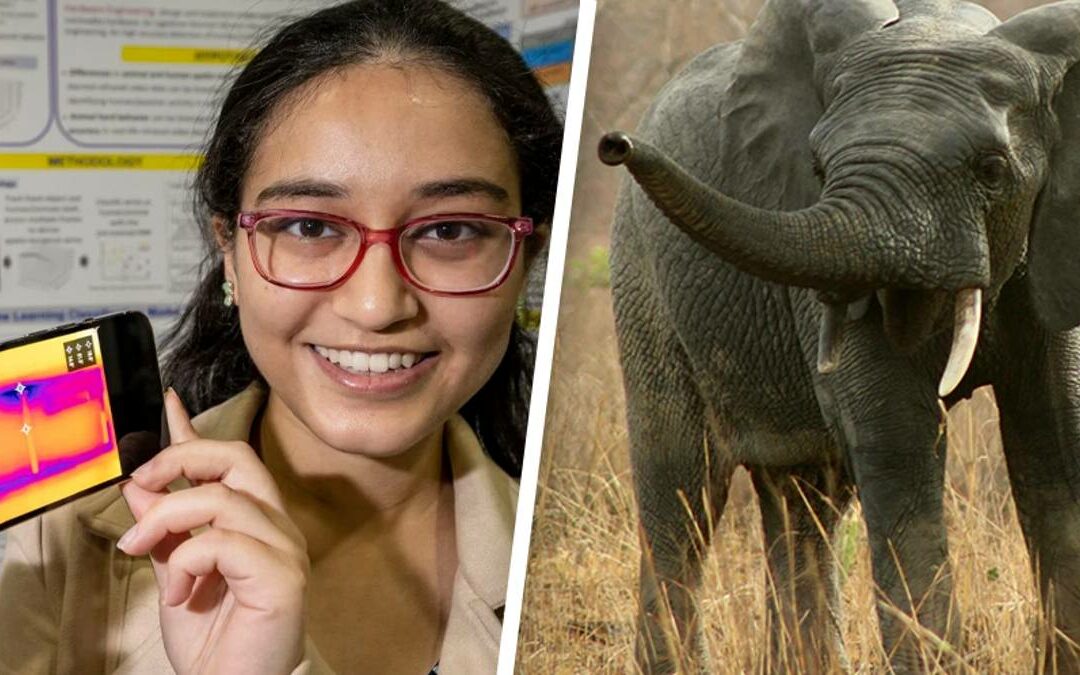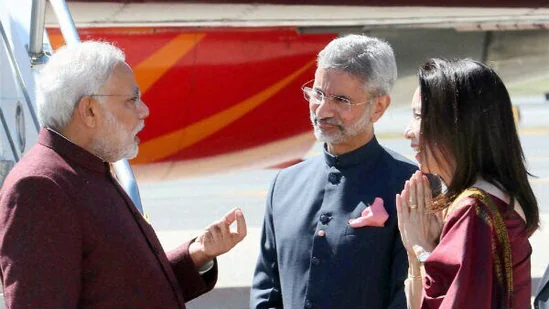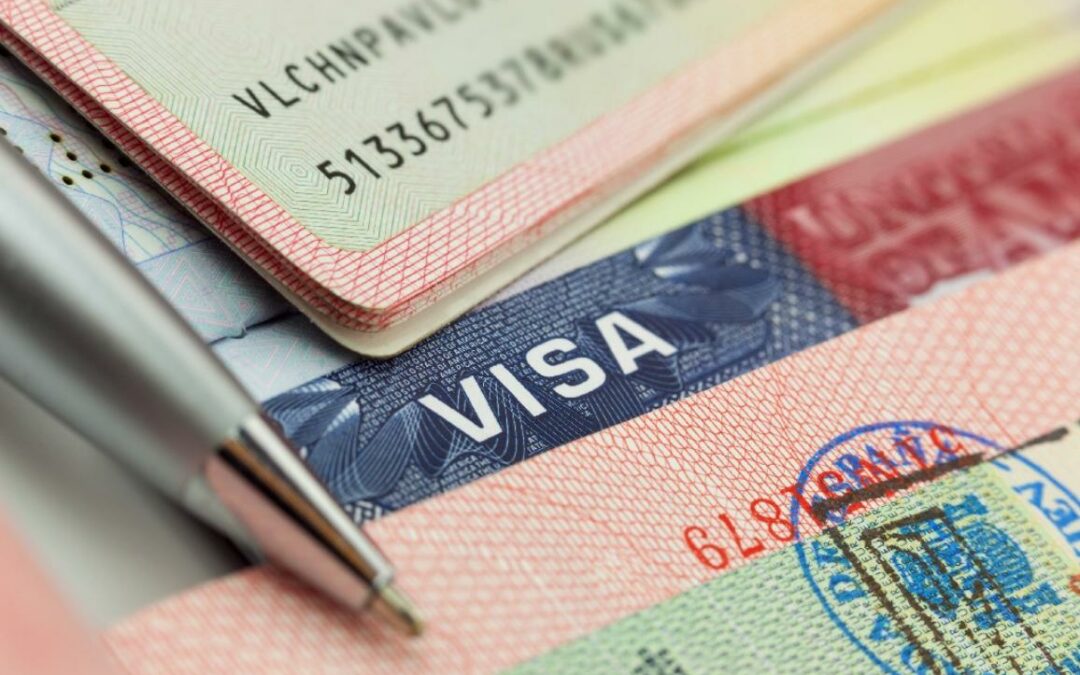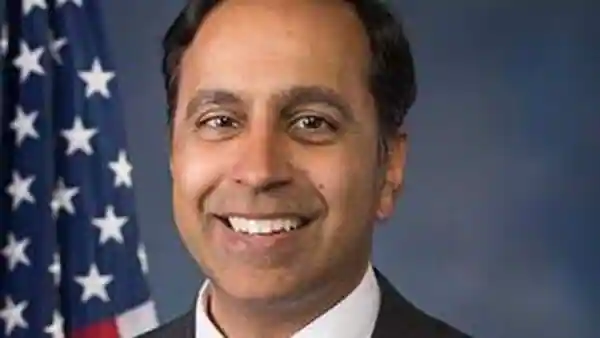An Indian American teenager has invented a low cost tool to spot elephant poachers with machine-learning-driven software that analyzes movement patterns in thermal infrared videos of humans and elephants.
Anika Puri, the 17-year-old wildlife lover, from Chappaqua, New York, thought of doing something when during a visit to India with her family four years ago, she came across a market in Bombay filled with rows of ivory jewelry and statues.
Globally, ivory trade has been illegal for more than 30 years, and elephant hunting has been prohibited in India since the 1970s.
“I was quite taken aback,” Puri told Smithsonian Magazine. “Because I always thought, ‘well, poaching is illegal, how come it really is still such a big issue?’”
Curious, Puri did some research and discovered a shocking statistic: Africa’s forest elephant population had declined by about 62 percent between 2002 and 2011. Years later, the numbers continue to drop.
Drones are currently used to detect and capture images of poachers, and they aren’t that accurate, Puri explains.
But after watching videos of elephants and humans, she saw how the two differed vastly in the way they move—their speed, their turning patterns and other motions, the magazine wrote.
“I realized that we could use this disparity between these two movement patterns in order to actually increase the detection accuracy of potential poachers,” she was quoted as saying.
Over the course of two years, Puri created ElSa (short for elephant savior), a low-cost prototype of a machine-learning-driven software that analyzes movement patterns in thermal infrared videos of humans and elephants.
Puri told the Smithsonian the software is four times more accurate than existing state-of-the-art detection methods. It also eliminates the need for expensive high-resolution thermal cameras, which can cost in the thousands, she says.
ElSa uses a $250 FLIR ONE Pro thermal camera with 206×156 pixel resolution that plugs into an off-the-shelf iPhone 6. The camera and iPhone are then attached to a drone, and the system produces real-time inferences as it flies over parks as to whether objects below are human or elephant.
Puri submitted her project to this year’s Regeneron International Science and Engineering Fair, the world’s largest international pre-college STEM competition.
Her eloquence in describing her research and its potential impact on society earned her the $10,000 Peggy Scripps Award for Science Communication. She also won a top award in the competition’s earth and environmental sciences category.
Puri first learned about the capabilities of artificial intelligence just after ninth grade, when she was selected to attend Stanford AI Lab’s summer program.
“Initially, my enthusiasm for artificial intelligence was based off of this limitless possibility for social good,” she told Smithsonian. But she soon discovered that because data is collected and analyzed by humans, it contains human biases, and so does AI as a result.
“It really has the capability to reinforce some of the worst aspects of our society,” she says. “What I really realized from this is how important it is that women, people of color, all sorts of minorities in the field of technology are at the forefront of this kind of groundbreaking technology.”
About a year later, Puri founded a nonprofit called mozAIrt, which inspires girls and other underrepresented groups to get involved in computer science using a combination of music, art and AI.
To create her model, Puri first found movement patterns of humans and elephants in multiple protected areas in Africa. Sifting through the data, Puri identified 516 time series extracted from videos that captured humans or elephants in motion.
Puri used a machine learning algorithm to train a model to classify a figure as either an elephant or a human based on its speed, group size, turning radius, number of turns and other patterns.
In the fall, Puri will attend the Massachusetts Institute of Technology, where she wants to study electrical engineering and computer science.
She has plans to expand her movement pattern research into other endangered animals. Next up is rhinos, she says. And she wants to begin implementing her software in national parks in Africa, including South Africa’s Kruger National Park.
Covid-19 restrictions delayed some of her plans to travel to these parks to get her project off the ground, but she hopes to explore her options after she starts college.
Because drones only have a battery life of a few hours, she is currently creating a path-planning algorithm to ensure maximum efficiency in the drone’s flight course, Puri told the Smithsonian.
